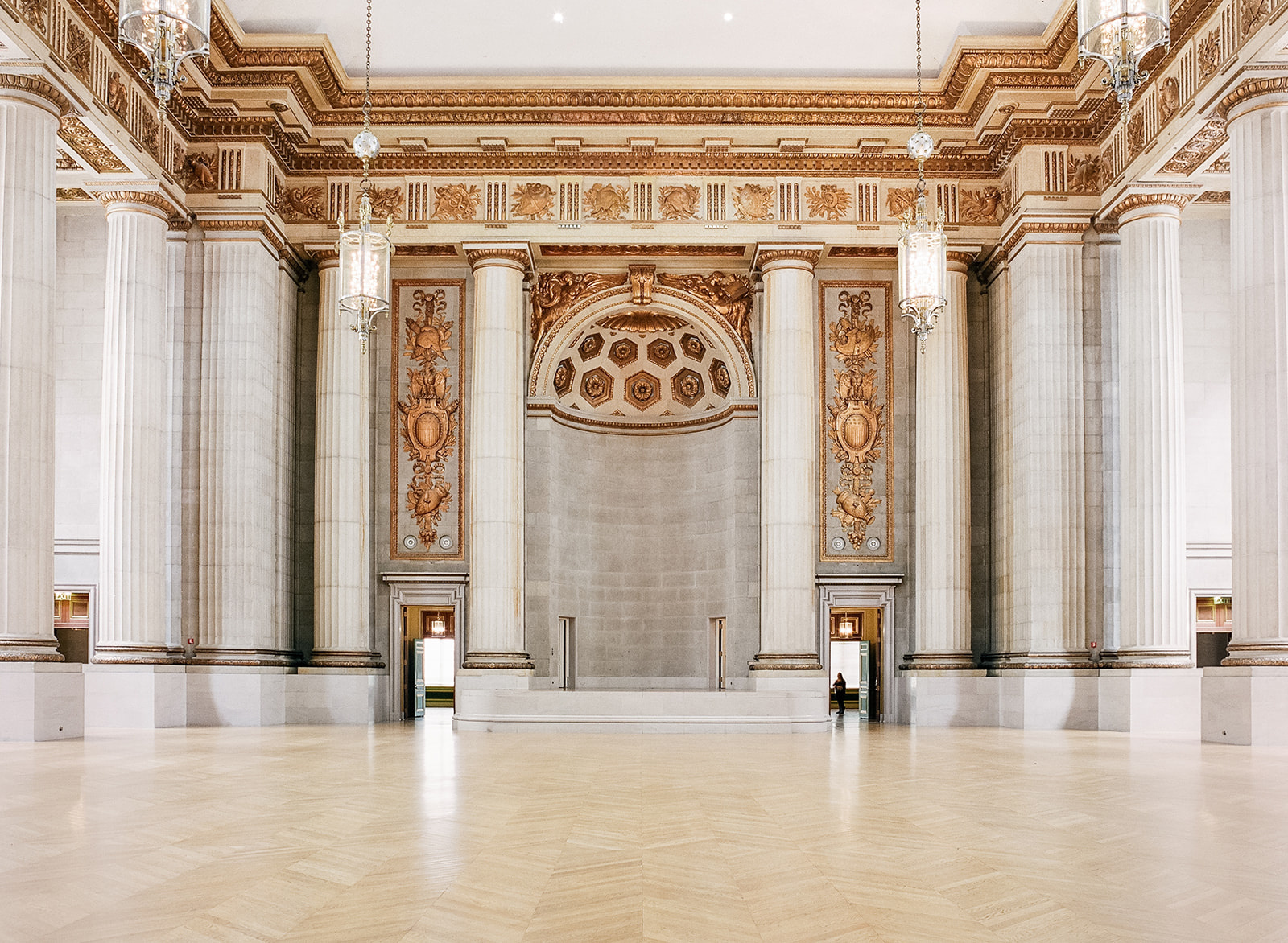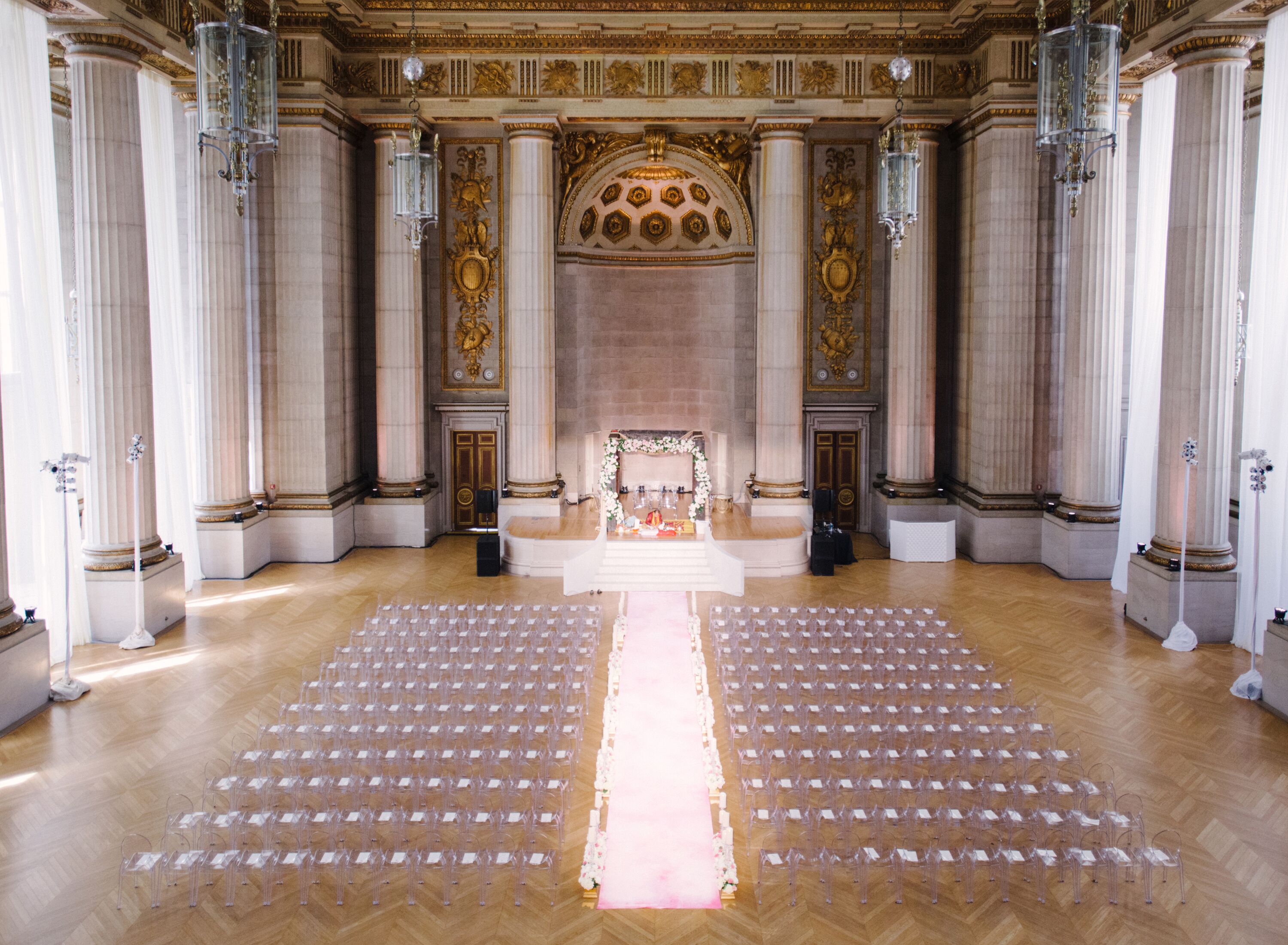Historical Significance
Mellon Auditorium, a monumental structure in Washington, D.C., stands as a testament to the city’s architectural heritage and cultural significance. Its construction, completed in 1931, was a collaborative effort between architect John Russell Pope and philanthropist Andrew W. Mellon. Designed in the Beaux-Arts style, the auditorium showcases a grand facade adorned with intricate carvings and sculptures, reflecting the grandeur of the early 20th century.
Notable Events
Throughout its history, Mellon Auditorium has played host to a remarkable array of events, including prestigious ceremonies, international conferences, and renowned performances. It has witnessed the signing of the Inter-American Treaty of Reciprocal Assistance in 1947, the inauguration of President Harry S. Truman in 1949, and the dedication of the John F. Kennedy Center for the Performing Arts in 1971. The auditorium has also been a stage for performances by legendary artists such as Marian Anderson, Arturo Toscanini, and the New York Philharmonic.
Restoration and Preservation
Recognizing the historical and architectural significance of Mellon Auditorium, the National Park Service embarked on a meticulous restoration project in the late 20th century. The restoration efforts aimed to preserve the auditorium’s original design and materials while updating its infrastructure to meet modern standards. The project involved meticulous attention to detail, including the restoration of the auditorium’s intricate plasterwork, murals, and lighting fixtures. Today, Mellon Auditorium stands as a testament to the successful collaboration between preservationists and architects, ensuring that this architectural gem continues to inspire future generations.
Architectural Features: Mellon Auditorium

Mellon Auditorium is an architectural marvel that combines Art Deco elements with classical influences. Its grand foyer welcomes visitors with a soaring ceiling adorned with intricate moldings and chandeliers. The auditorium itself is a masterpiece of acoustics, designed to provide exceptional sound quality for musical performances.
Art Deco Design
- Geometric patterns and streamlined forms characterize the auditorium’s Art Deco design.
- The exterior features a symmetrical facade with setbacks and vertical piers.
- Inside, the foyer and auditorium are decorated with stylized motifs and vibrant colors.
Grand Foyer
The grand foyer is a spacious and elegant space that serves as a gathering area before and after performances. Its focal point is a monumental staircase with wrought-iron railings that leads to the upper balconies.
Auditorium Seating
- The auditorium has a horseshoe-shaped seating arrangement that provides excellent views of the stage.
- The seats are upholstered in plush velvet and arranged in tiers that rise steeply from the orchestra level.
- The auditorium’s capacity is approximately 1,500, making it an intimate venue for musical performances.
Acoustics
Mellon Auditorium is renowned for its exceptional acoustics, which are the result of careful design and construction. The auditorium’s shape and materials were chosen to minimize reverberation and create a warm and enveloping sound.
Illustrations, Mellon auditorium
[Insert detailed illustrations or photographs of Mellon Auditorium’s architectural features.]
Mellon Auditorium, an iconic venue in Washington D.C., has hosted countless events, including political rallies and speeches. One notable figure who has graced its stage is Marco Rubio , a Republican senator from Florida. Rubio’s presence at the Mellon Auditorium underscores the venue’s significance as a platform for political discourse and civic engagement.
Amidst the grandeur of Washington, D.C., the Mellon Auditorium stands as a testament to architectural prowess. Its neoclassical facade and intricate details invite a closer examination. However, for a glimpse into the political landscape, one must turn to the recent Biden ABC interview , where the President addressed pressing national issues.
While the Mellon Auditorium remains a silent witness to history, its significance is undeniable as a backdrop to the shaping of America’s future.
